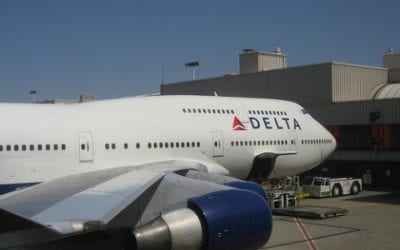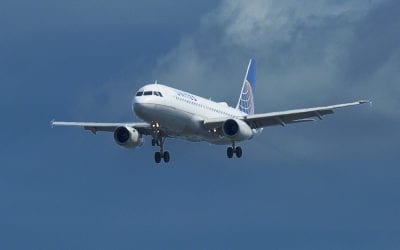Late November may mean the start of the shopping season to most Americans, but to many frequent fliers, this time of year means something else — mileage runs.
A traveler last month had a reasonably common request, some late 2011 trips to Asia and Europe, with the hopes of making it to 1k status with United Airlines. However, there was a problem. The trips she asked me to book were not going to give her nearly enough EQM miles.
In this case, she was counting the miles she had collected for similar trips. For one example, she had received over 13,000 miles for a coach flight from San Francisco to Hong Kong. Wait! That was counting 6,913 bonus miles she had received for being an executive premier. Those bonus miles were not EQMs, or for the unitiated, “Elite Qualifying Miles.”
EQMs, while they may go by different names with different airlines, are basically the same across the airline mileage world. They are the miles that qualify a passenger for various status levels.
In general, they are flown miles, not bonus miles. Of course, there are exceptions. Most airlines give their elite passengers a minimum mileage level per fllight, usually 500 miles and business class and first class flights usually have a percentage bonus on flown miles.
But, outside of occasional promotions, those are the only extra miles that count towards elite status. This means travelers who look at, for example, the 2,000 miles they get credited roundtrip for San Francisco to Los Angeles counting towards their next elite mileage level will find themselves sorely disappointed.
Another client was planning to make two to three intra-California trips for 6,000 miles. Fortunately I was able to point her towards a rare United domestic travel promotion — double QUALIFYING miles between California and Chicago (competitive with Southwest), which means one weekend roundtrip by the end of the year will get her to her goal.
There are other little vagaries of the mileage run process. One of the simplest, yet potentially most confusing aspects, is routing. Here’s another example: Los Angeles to Orlando is 2,217 miles one-way, flying between the same cities via Chicago, on the other hand, is 2,750 miles. And flying via Dulles is 3,046 miles.
(In the past on United, savvy mileage hunters could do something like fly San Francisco to San Diego via Los Angeles for double miles, 500 miles a segment, a total of 2,000 EQMS. But many fares for short trips have been restricted to nonstop flights, perhaps to prevent trips planned just for that reason.)
In addition, some airline partner miles count towards elite status and others do not. These partner deals can change based on contracts being adjusted between the carriers involved.
Admittedly, this is all confusing. The best advice I can give anyone who really needs an exact number of miles is not to assume anything. Most travel agents have a way to calculate miles, but if necessary, call the frequent flier desk for the airline in question and ask. If it’s a particularly gray area, or a question about a particular promotion, get the agents name and date for your records.
Yes, sometimes all this work can be a pain. But not nearly as much of a pain as getting to December 31 and ending up a few hundred miles short of the status you think you have earned.
Photo: Zazzle.com
Janice Hough is a California-based travel agent a travel blogger and a part-time comedy writer. A frequent flier herself, she’s been doing battle with airlines, hotels, and other travel companies for over three decades. Besides writing for Travelers United, Janice has a humor blog at Leftcoastsportsbabe.com (Warning, the political and sports humor therein does not represent the views of anyone but herself.)




